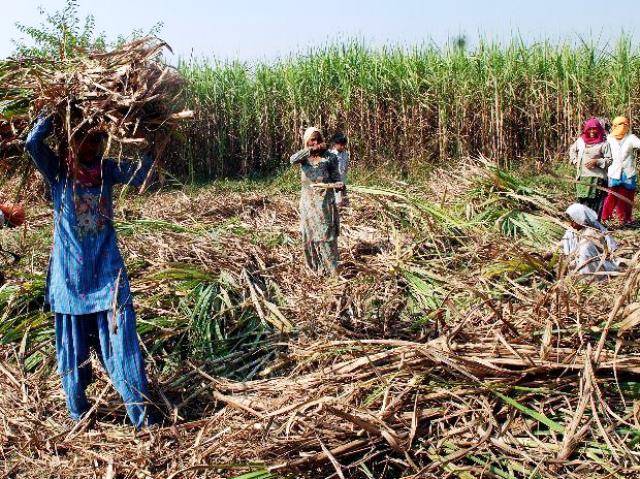
The month of January noted deflation in India's consumer goods basket which stands at fifth position in the world. The categories of items were all food related.
As reported by the Union government on February 12, 2019, the dip in retail inflation was 19-month low a mark once again for the agrarian crisis in the country. The middle class may be worried about rising prices, but four items that can be traced back to farms showed deflation, while inflation in a few others was negligible in January.
According to Consumer Price Indices (CPI), released by the Union Ministry of Statistics and Programme Implementation, the rate of inflation was 2.05 per cent last month. These indices cover a basket of goods and services Indians spend on regularly. For ‘food and beverages’, which weighs in at 45.86 per cent of this basket, the rate was -1.29 per cent.

The result of this deflation that is negative inflation denotes a fall in the general level of prices.
It must be noted that vegetable prices in January 2019 plummeted 13.32 per cent below January 2018 levels; the inflation rate of sugar and confectionary tanked 8.16 per cent from a year ago; and that of pulses and products were down 5.5 per cent and of fruits 4.18 per cent.
The products that got affected were; the ‘food and beverages’ category comprises:
-
Agriculture-linked products: Cereals and products, fruits, vegetables, pulses and products, sugar and confectionary, spices, oils and fats (which is not linked to agriculture alone)
-
Animal products: Meat and fish, egg, milk and products
-
Non-alcoholic beverages
-
Prepared meals, snacks and sweets
Doubling farmer's income is merely a dream seems to be not fulfilled since 2019 wherein wholesale prices are yet to be released. After demonetization the situation has been very different at ground level.
As a result of unattractive prices farmers are bound to dump their products on roads. Every month a new product is thrown away to show the aggression and nonprofit from the same. In some parts of the country, the same was the fate of milk and the CPI rates show why: an inflation of a mere 0.78 per cent at a time when keeping cows is becoming increasingly risky. Inflation was negligible also for cereals and products (0.88 per cent) and oils and fats (0.99 per cent). Spices also remained below average (1.45 per cent).
Among animal protein items, egg prices were down by 2.44 per cent. Inflation in mean, though, was at 5.06 per cent.
Non-alcoholic beverages and prepared items’ inflation were at 3.49 and 3.48 per cent. Items in the deflation zone together make 19.28 per cent of the baskets of consumer goods and services.
In spite of the fact that food items have shown highest deflation rates rather than other consumer products like clothing, footwear, housing and education.
According to agriculture activist Ramandeep Singh Mann, the reason for the lower prices of food items is that the purchase is more expensive than buying the products.
Food and trade policy analyst Devinder Sharma also presented his view as for how farmers are being penalised of growing the producer whose output they can't enjoy.
He also said that “Agriculture is a victim of macro-economic policies. There has been an effort to keep food inflation low”. As a result low inflation interest rates are also checked which ultimately helps corporate sector and thus enhancing the economy of the country.
















